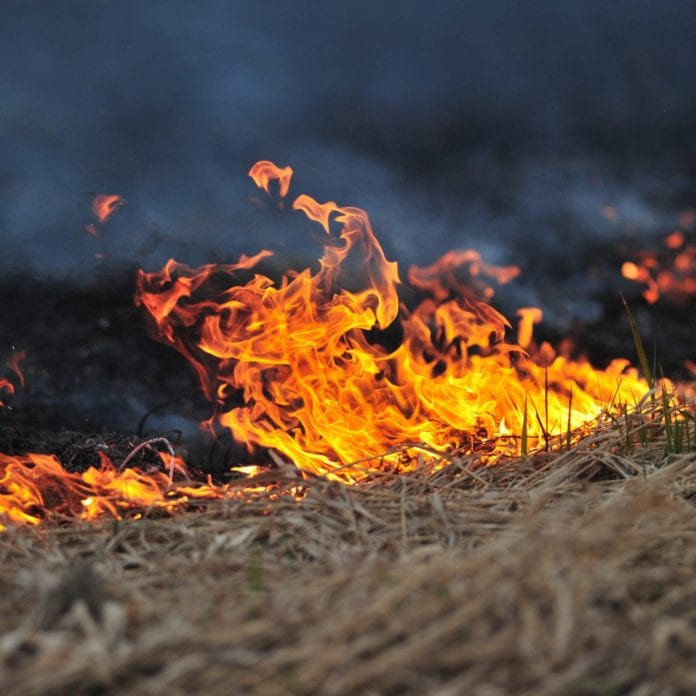Verizon pledges to remove restrictions when disaster strikes
The Santa Clara County Fire Department, which is involved in fighting the largest wildfire in the state’s history, last week complained to the U.S. Federal Communications Commission about Verizon throttling its data speeds rendering a coordination outpost functionally useless. Following the public backlash, Verizon’s Senior Vice President of Public Sector Mike Maiorana apologized on behalf of the carrier.
From his Aug. 24 statement: “First responders put themselves on the line each and every day. And every day, we are eternally grateful for their bravery and efforts. In supporting first responders in the Mendocino fire, we didn’t live up to our own promise of service and performance excellence when our process failed some first responders on the line, battling a massive California wildfire. For that, we are truly sorry. And we’re making every effort to ensure that it never happens again.”
Maiorana said the carrier has “removed all speed cap restrictions for first responders on the west coast and in Hawaii to support current firefighting and Hurricane Lane efforts.” And when future disasters hit, “Verizon will lift restrictions on public safety customers, providing full network access.” He teased a new plan that will be detailed this week.
The larger context here is Verizon battling AT&T for public safety customers in light of AT&T winning the federal government contract for construction of FirstNet, a nationwide LTE network dedicated to first responders. All 50 states signed on to be part of FirstNet.
In his statement, Maiorana called out Verizon “our more than 450,000-square mile 4G LTE coverage advantage over competitors.”
In comments to the FCC, Santa Clara County Fire Department Chief Anthony Bowden said that as his department responded to and helped coordinate the massive public safety response to the Mendocino fire complex, “throttling has had a significant impact on our ability to provide emergency services. Verizon imposed these limitations despite being informed that throttling was actively impeding County Fire’s ability to provide crisis-response and essential emergency services.”
His department, Bowden said, uses “specialized software and Google Sheets to do near-real-time resource tracking through the use of cloud computing over the internet.” It uses a deployable unit — a specially outfitted fire truck, connected by a Cradlepoint router — to coordinate resources in the field. While the unit can sit unused for months at a time, Bowden said, when it goes into use it goes through 5-10 GB of data per day and requires high-speed connectivity.
“Near-real-time information exchange is vital to proper function. In large and complex fires, resource allocation requires immediate information,” Bowden said. “Dated or stale information regarding the availability or need for resources can slow response times and render them far less effective. Resources could be deployed to the wrong fire, the wrong part of a fire, or fail to be deployed at all. Even small delays in response translate into devastating effects, including loss of property, and, in some cases, loss of life.”

